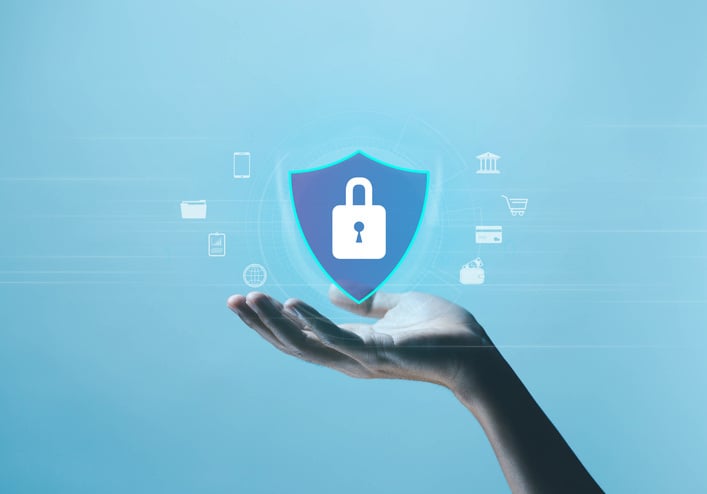Data Protection Strategies in Cybersecurity

 By
Jason Miller
·
2 minute read
By
Jason Miller
·
2 minute read
Data Protection Strategies in Cybersecurity
In the digital era, protecting sensitive data is more critical than ever. As cyber threats grow in sophistication, organizations must implement robust cybersecurity data protection measures to safeguard their valuable information. A comprehensive strategy combines advanced technologies, policies, and best practices to mitigate risks and ensure data integrity.
The Importance of Data Protection in Cybersecurity
Data breaches can result in significant financial losses, reputational damage, and regulatory penalties. Effective data protection strategies not only prevent unauthorized access but also ensure compliance with legal requirements such as GDPR, HIPAA, and CCPA. Prioritizing data protection demonstrates an organization’s commitment to security and builds trust with stakeholders.
Did You Know?
Did you know that the global average cost of a data breach in 2023 was $4.45 million? Investing in robust data protection strategies can save organizations from these hefty losses.
Key Data Protection Strategies in Cybersecurity
1. Data Encryption
Encrypting sensitive data both at rest and in transit ensures that even if data is intercepted, it cannot be accessed without the decryption key.
2. Access Control
Implementing strict access controls ensures that only authorized personnel can access sensitive data, reducing the risk of internal and external breaches.
3. Regular Backups
Frequent backups protect against data loss caused by ransomware attacks, system failures, or human error. These backups should be stored securely and tested regularly.
4. Endpoint Security
Securing all endpoints, including employee devices, reduces vulnerabilities and prevents attackers from exploiting weak entry points.
5. Employee Training
Educating employees about phishing, password management, and secure practices is vital for preventing human error, one of the leading causes of data breaches.
Benefits of Robust Data Protection Strategies
Implementing strong data protection strategies offers several advantages:
- Reduced Risk of Breaches: Protect sensitive data from unauthorized access and theft.
- Compliance Assurance: Meet regulatory requirements and avoid costly fines.
- Business Continuity: Minimize downtime and recover quickly from cyber incidents.
- Enhanced Customer Trust: Build confidence by demonstrating a commitment to protecting client data.
How BitLyft AIR® Enhances Data Protection
BitLyft AIR® provides cutting-edge solutions for cybersecurity data protection, including real-time monitoring, AI-powered threat detection, and automated incident response. These tools ensure your organization is equipped to handle modern data protection challenges effectively. Learn more about BitLyft AIR®’s data protection capabilities at BitLyft AIR® Security Automation.
FAQs
Why is data protection important in cybersecurity?
Data protection prevents unauthorized access to sensitive information, reduces the risk of breaches, and ensures compliance with regulatory standards.
What are the key components of a data protection strategy?
Key components include data encryption, access control, regular backups, endpoint security, and employee training.
How does encryption protect data?
Encryption secures data by converting it into unreadable code that can only be accessed with a decryption key.
What is the role of employee training in data protection?
Employee training reduces human error by educating staff on secure practices, such as recognizing phishing attempts and managing passwords effectively.
How does BitLyft AIR® support data protection?
BitLyft AIR® provides real-time monitoring, threat detection, and automated response tools to enhance data protection strategies and prevent cyber incidents.